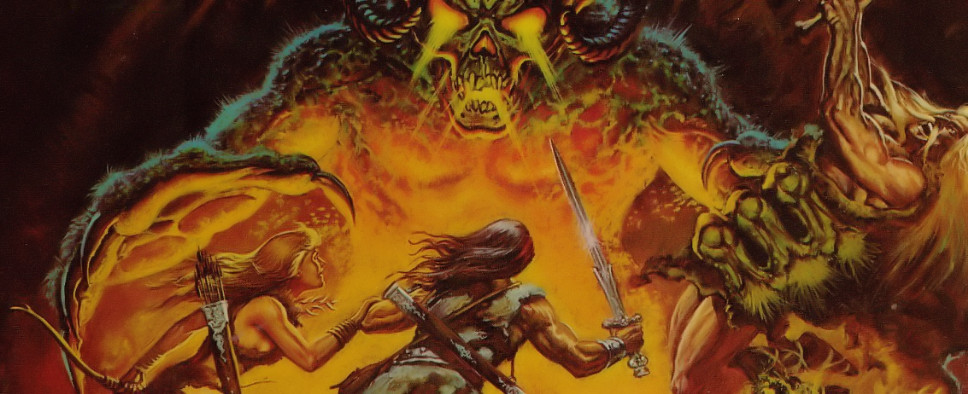The Fall of Infocom
-
Category: News ArchiveHits: 1968

While Infocom's largest claim to fame is its Zork adventure titles, the company played a pivotal role in the publishing of three classic CRPGs that I spent some quality time with at the conclusion of the 1980s - Quarterstaff: The Tomb of Setmoth, BattleTech: The Crescent Hawk's Inception, and BattleTech: The Crescent Hawks' Revenge. As such, I find this new article on The Digital Antiquarian fascinating as it recounts Infocom's acquisition by Activision, the costly legal battle that ensued between the two under the direction of then-Activision president Bruce Davis, and the mass exodus of employees from Infocom over what they felt was blackmail. This sordid history and Bruce's business tactics are the primary topics of the article, but I'll focus in on the RPG bits in the quote below:
The first (Infocom) game that wasn't quite an Infocom game had been something called Quarterstaff: The Tomb of Setmoth, a Macintosh CRPG originally self-published by a pair of programmers named Scott Schmitz and Ken Updike in 1987. After Activision (as they still were known at the time) picked up the rights to the game, they gave it to Infocom, their (Master Storytellers,) where it fit in relatively well with the new Macintosh-centric development direction. By all indications, the Infocom staffers found Quarterstaff genuinely intriguing, devoting quite some months to overhauling a somewhat rough-around-the-edges game filled with programmer text, programmer art, and an awkward programmer interface. Amy Briggs rewrote almost every word of the text in her own light-hearted style, and the testing department attacked the game with the same enthusiasm they showed toward any other. Released only for the Macintosh, the game's sales were fairly minuscule, but Quarterstaff is certainly the outside creation of this period that feels most like the real Infocom put some real heart into it.
Far less well-liked in fact, deeply, passionately loathed were the so-called (Infocomics.) Back in 1986, Tom Snyder Productions, a name with a rich legacy in software for education and edutainment, had signed a contract with Jim Levy's Activision to make a series of computerized comic books similar in conception to Accolade's Comics, each selling for $12 or less. On the face of it, it wasn't really a bad idea at all. While Accolade's take on the idea proved charming enough to make my personal gaming Hall of Fame, however, things stubbornly refused to come together for the Tom Snyder versions: they were too slow, the graphics were too ugly, the player's options for controlling the story too trivial, the whole experience too awkward. And, although development stretched on and on, they just never seemed to get much better. When Bruce Davis decided to dump responsibility for the creative side of the whole troubled project on Infocom, the Imps took it as a personal affront. Gritting their teeth all the while, Steve Meretzky and Amy Briggs cranked out the storyline and dialog for one Infocomic each, and another staffer named Elizabeth Langosy did two more.
It seems safe to say that nothing Bruce Davis imposed upon Infocom outside of the indemnification action enraged his subsidiary quite as much as Infocomics. Having always taken quality so seriously, to be associated with something so plainly substandard, so cheap in all definitions of the word, was anathema to Infocom. Upon the Infocomics' release, their displeasure leaked out into the public sphere; Computer Gaming World came directly to Davis to demand that he address (rumors) that (the Infocom division had become a dumping ground for unwanted Activision product.) (Nothing was shunted off on anybody,) Davis insisted. (Infocom is an A+ line, not a B line!) As far as the people inside Infocom were concerned, he wasn't fooling anyone.
The final Infocom-game-in-name-only of this period, a licensed CRPG called BattleTech: The Crescent Hawk's Inception, is a militaristic game about giant fighting robots whose aesthetics feel a million miles away from Infocom's classic textual interactive fiction. But this time the real Infocom wasn't asked to do much of anything with it other than plug it in their newsletter, and by the time of its release in November of 1988 everyone was feeling too demoralized to muster much further outrage anyway.

